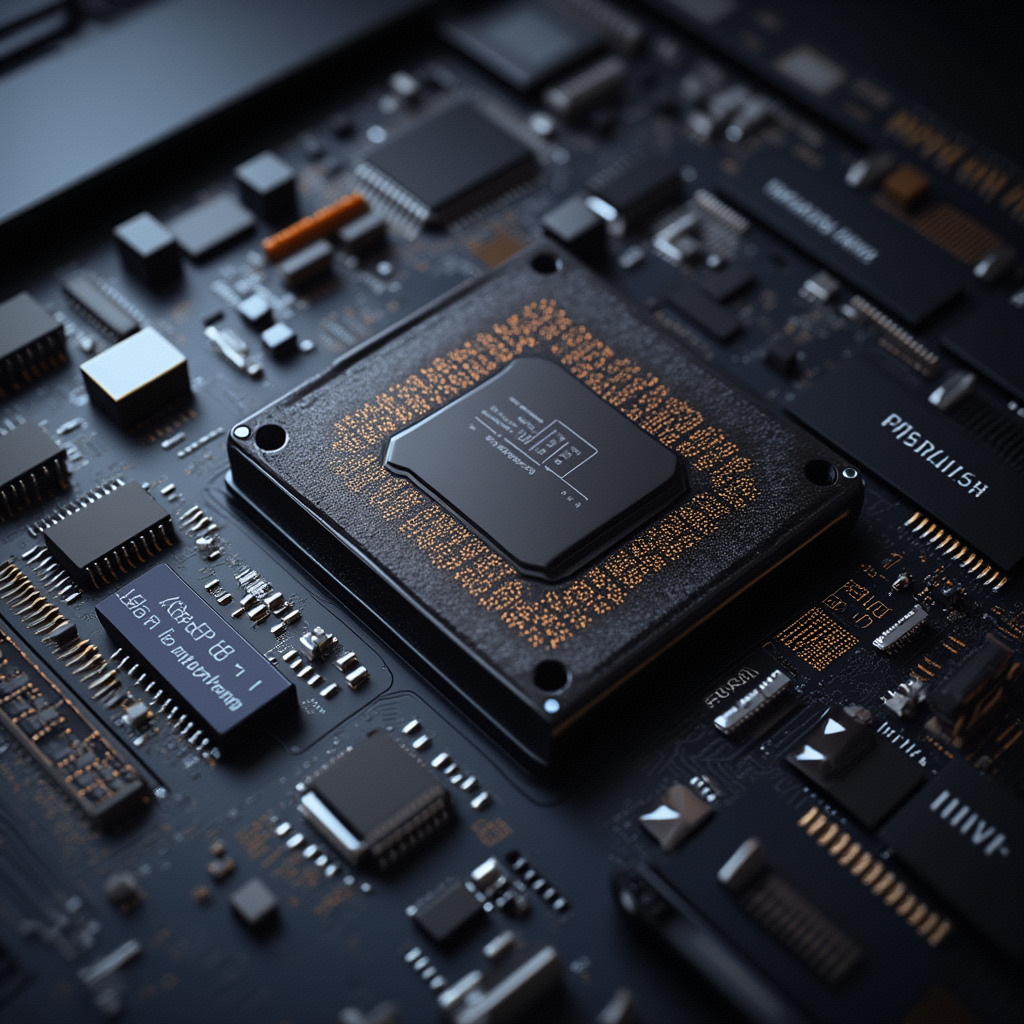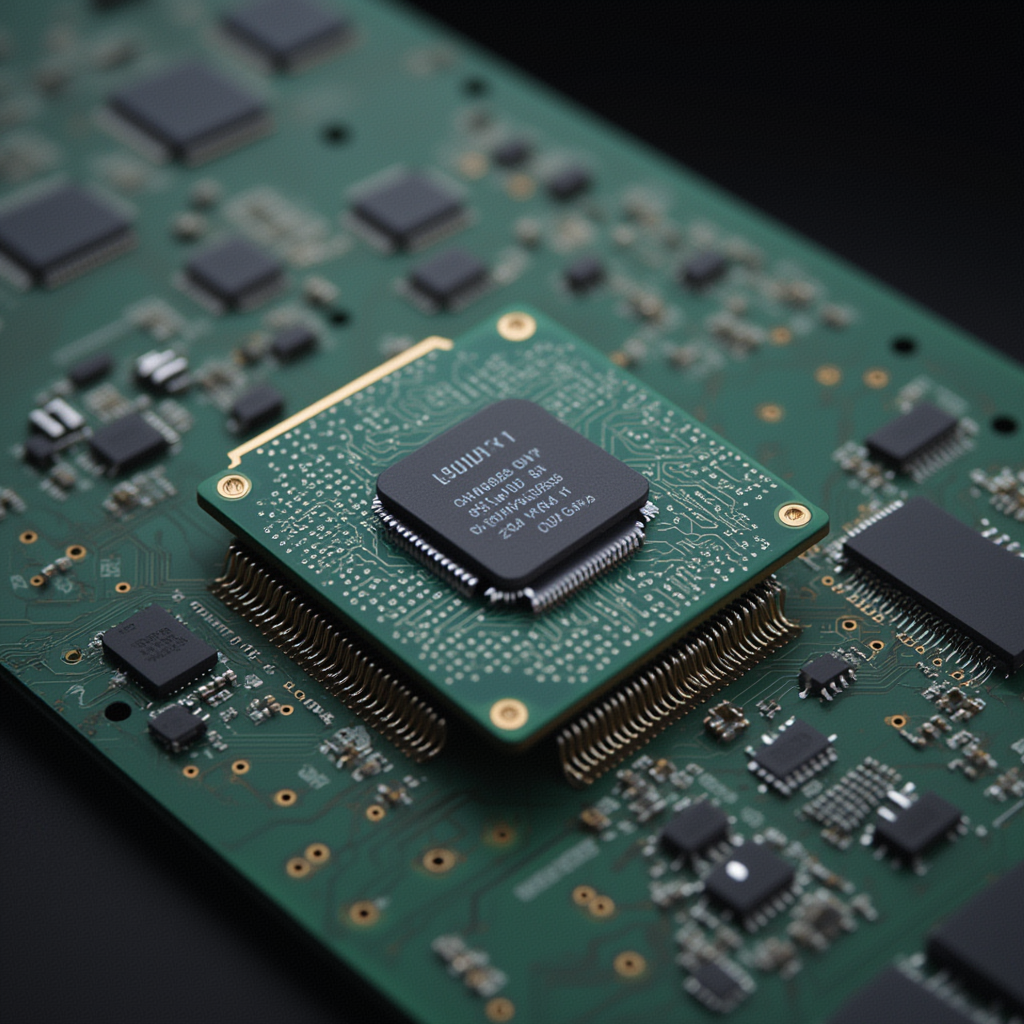发布时间:2012-05-15 阅读量:1288 来源: 我爱方案网 作者:
中心议题:
* 手提超声系统DSP解决方案
TI公司的手提超声系统DSP解决方案重量大约10磅或不到10磅,可以在没有电池的情况下工作. 手提超声系统广泛应用于ICU病房,急诊室, 麻醉和战场. 手提超声系统采用DSP和SoC来处理电传感器(如照相机,变换器,麦克风等)所产品生的数字化电信号,一个诊断超声图像系统产生和发送超声波,捕捉反射波并转换成可视的图像.接收到的反射波的信号处理包内插,抽取,数据滤波和重建.可编程的DSP和SoC能实时实现这些复杂的数学运算.本文介绍了超声波系统方框图, 超声波系统的前端处理,中间处理和后端处理,以及由DM648 + DM6446组成的系统框图和由C6455 + OMAP3530组成的系统方框图.此外还介绍了相关处理器和应用处理的主要特性和方框图.
DSPs and SoCs are specially designed single-chip digital microcomputers that process digitized electrical signals generated by electronic sensors (e.g., cameras, transducers, microphones, etc.) that will help to revolutionize the area of diagnostic ultrasound imaging. A diagnostic ultrasound imaging system generates and transmits acoustic waves and captures reflections that are then transformed into visual images. The signal processing on the received acoustic waves include interpolation, decimation, data filtering and reconstruction. Programmable DSPs and SOCs, with architectures designed for implementing complex mathematical algorithms in real-time, can efficiently address all the processing needs of such a system.
TI Digital Signal Processor (DSP) for Portable Ultrasound
Portable ultrasound systems are considered to be ultrasound systems that weigh around 10 lbs or less, and can run on batteries. They began to appear in the market place in the late 90s and have seen a remarkable growth in sales in the recent years. This growth has been a direct result of their applicability in areas such as ICUs, emergency medicine, regional anesthesia and battlefield.
DSPs and SoCs are specially designed single-chip digital microcomputers that process digitized electrical signals generated by electronic sensors (e.g., cameras, transducers, microphones, etc.) that will help to revolutionize the area of diagnostic ultrasound imaging. A diagnostic ultrasound imaging system generates and transmits acoustic waves and captures reflections that are then transformed into visual images. The signal processing on the received acoustic waves include interpolation, decimation, data filtering and reconstruction. Programmable DSPs and SOCs, with architectures designed for implementing complex mathematical algorithms in real-time, can efficiently address all the processing needs of such a system.
The following information introduces the concept of a complete portable ultrasound system solution based on Texas Instruments (TI) semiconductor components, development tools, and software solutions.
Additionally, the various concepts that outline the inherent advantages of a DSP and a SoC in a portable ultrasound system - efficient signal processing, lower power consumption and lower cost, all leading to better ultrasound diagnostic imaging - will also be covered.
The key driver requirements for a portable ultrasound system are the same with any portable device: size, weight, battery life, cost and performance. OEMs are making trade-offs in these areas, for example, providing just a basic imaging system with less features but with more battery life, (e.g., 8-channel black and white systems vs. more sophisticated 128 channel color systems that would need to be re-charged more often). The size of the portable system varies from laptop sized systems to handhelds. These size limitations are driving the need for more system integration on the supporting SoCs and more automatic image enhancement features due to fewer fine controls.
The requirements for portable systems is also being driven from geographies where the infrastructure is more rural and access to the larger more sophisticated imaging systems is limited, and where clinicians must now take the system to the patient. This makes cost a critical factor as well.
.gif)
图1.超声波系统方框图
.gif)
图2.超声波系统前端处理框图
.gif)
图3.超声波系统中间处理框图
.gif)
图4.超声波系统后端处理框图
系统框图案例:
1.System block diagram highlighting the use of TMS320DM648 and TMS320DM6446 for carrying out mid-end, back-end, and system controller functions.
.gif)
图5.DM648 + DM6446系统框图}
TMS320DM648性能介绍
TMS320DM648 – Well suited for medical imaging applications needing high-performance
processing, TMS320C64x+ DSPs – which include the TMS320DM648 – are the high-performance fixed-point DSPs in the TMS320C6000™ DSP platform. DM647/DM648 devices are based on TI’s third-generation high-performance, advanced VelociTI™ very long instruction word (VLIW) architecture. With performance of up to 7,200 MIPS at a clock rate of 900 MHz, the C64x+™ DSP core offers a high-performance solution to a medical imaging processing challenge.
.gif)
图6.TMS320DM648方框图
TMS320DM644x性能介绍
TMS320DM644x – Ideal for portable imaging applications, TMS320DM644x digital media processors are highly integrated SoCs that combine the power of an ARM926 processor and a TMS320C64x+™ DSP core. The TMS320DM644x enables medical equipment OEMs and ODMs to quickly bring to market products featuring robust operating systems support, rich user interfaces, high processing performance and long battery life through the maximum flexibility of a fully integrated mixed-processor solution.
.gif)
图7.TMS320DM644x方框图
2.
.gif)
图8.C6455 + OMAP3530系统方框图
TMS320C6455性能介绍
A TMS320C6455 DSP is used here, with a wider EMIFA bus, which allows higher input data rates. Larger L2 memory and higher operating clock frequency are the major contributors to increased compute capability. In this example, the OMAP3530 plays the dual role of system controller and back-end processor.
The C6455 device is based on the third-generation high-performance, advanced VelociTI™ very-long-instruction-word (VLIW) architecture developed by Texas Instruments (TI), making these DSPs an excellent choice for applications including video and telecom infrastructure, imaging/medical, and wireless infrastructure (WI). The C64x+™ devices are upward code-compatible from previous devices that are part of the C6000™ DSP platform.
Based on 90-nm process technology and with performance of up to 9600 million instructions per second (MIPS) [or 9600 16-bit MMACs per cycle] at a 1.2-GHz clock rate, the C6455 device offers cost-effective solutions to high-performance DSP programming challenges. The C6455 DSP possesses the operational flexibility of high-speed controllers and the numerical capability of array processors.
.gif)
图9.TMS320C6455方框图
OMAP3515 和 OMAP3530性能介绍
The OMAP3515 and OMAP3530 processors are based on the enhanced OMAP™architecture, which features the superscalar ARM Cortex™-A8 processor, a 2-D/3-D graphics engine, high-performance DSP core and video accelerators to provide the best combination of general-purpose, graphics and video processing in a single chip. Combined with state-of-the-art power management techniques, these devices are well-suited for high-performance portable and handheld imaging applications such as portable ultrasound systems.
.gif)
图10. OMAP35x方框图
Key Benchmarks
.gif)

本文将深入拆解低功耗MCU的六大核心技术

本文将盘点2025年推出的最具代表性的超低功耗MCU,它们凭借先进的技术和卓越的能效比,在物联网、可穿戴设备、智能家居和医疗电子灯领域表现出色

本文将深入探讨物联网节点低功耗设计的底层逻辑、核心电路技术以及前沿电源管理方案

作为链接数字基带与空中接口的关键桥梁,射频前段在5G/6G时代面临着频率扩展、带宽增加、多模兼容、能效优化等多重挑战,推动者整个产业链的技术革新

在电池管理系统(BMS)的技术发展中,尽管取得了显著进步,但仍面临一系列关键技术难点,这些挑战直接关系到新能源汽车的安全性、性能和用户体验。